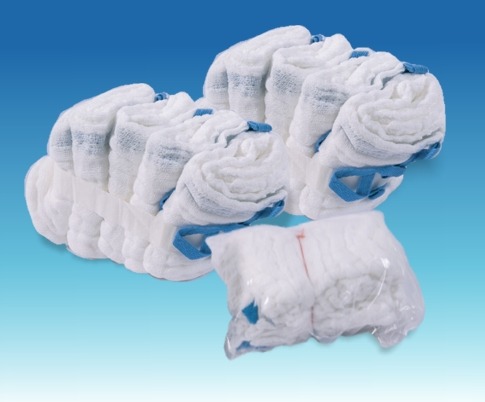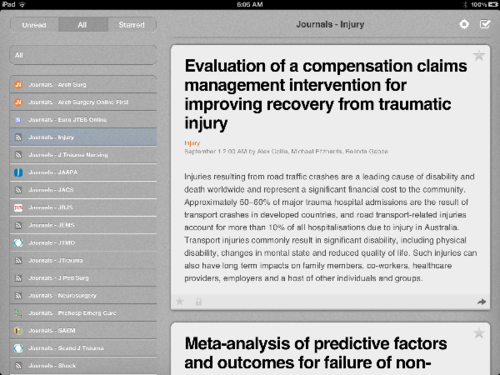All designating/verifying agencies differentiate between highest level trauma centers (regional resource, or Level I in the US) and an intermediate level center (Level II in the US). For most, the differences are not huge on paper. Level I’s usually require a significant education and research component, as well as continuously available specialists in all disciplines. There are usually minimum volume and/or injury severity requirements as well.
Several previously published reports using NTDB data have shown that mortality is decreased in trauma patients taken to Level I centers compared to Level II. A report out this month confirms this using data from the Pennsylvania Trauma System Foundation database. The authors noted the following:
- Patients admitted to Level I centers were younger and more often male than those admitted to Level II
- Level I’s admitted more patients with gunshots and fewer with same level falls
- Overall, mortality of patients admitted to Level I centers was 15% lower than in those admitted to a Level II
- This survival advantage was principally in the most severely injured patients (20% in patients with ISS >= 25). In lower ISS patients, there was no apparent survival advantage.
- Complication rates were 37% higher in Level I centers!
Bottom line: What does all this actually mean? First, this applies in the US only. Next, this study shows an association, but can’t assign a cause for the better survival. But it is consistent now across a number of studies. The US criteria for Level I centers are fairly stringent. Level II criteria are less so. Some Level II’s function like a Level I, but others are barely better than a Level III. It’s time to figure out what those less tangible differences are and implement them as best practices for all centers, if possible. And, oh yes, we better figure out why the major complication rate in Level I’s is so ridiculously high. It does no good to survive if the patient sustains significant functional limitations due to complications!
Reference: Impact of Trauma Center Designation on Outcomes: Is There a Difference Between Level I and Level II Trauma Centers? Journal Amer Coll Surgeons 215(3):372-378, 2012.






 icons on web pages. There are loads of RSS readers available, both online and for handheld devices, that allow you to organize and browse content from RSS feeds. I use Google Reader on desktops or laptops, and the River of News app on my iPad.
icons on web pages. There are loads of RSS readers available, both online and for handheld devices, that allow you to organize and browse content from RSS feeds. I use Google Reader on desktops or laptops, and the River of News app on my iPad.